Below I have shown two tables and also the result table.

How can I get the result table in this manner as I shown on above?
Below I have shown two tables and also the result table.

How can I get the result table in this manner as I shown on above?
select min(ID) as ID,
Val,
stuff((select ','+Cat
from Table2 as T2
where T1.Val = T2.Val
for xml path(''), type).value('.', 'nvarchar(max)'), 1, 1, '') as Cat
from Table2 as T1
group by Val
order by ID
DECLARE @Table1 TABLE
(
id INT
,Val VARCHAR(100)
)
DECLARE @Table2 TABLE
(
id INT
,Val VARCHAR(100)
,Cat VARCHAR(100)
)
INSERT INTO @Table1
VALUES(1,'XYZ')
INSERT INTO @Table1
VALUES(2,'abc')
INSERT INTO @Table2
VALUES(1,'XYZ','a')
INSERT INTO @Table2
VALUES(1,'abc','e')
INSERT INTO @Table2
VALUES(1,'XYZ','b')
INSERT INTO @Table2
VALUES(1,'XYZ','f')
INSERT INTO @Table2
VALUES(1,'abc','g')
SELECT t1.id,t1.Val ,( SELECT STUFF((SELECT ',' + cat FROM @Table2 t2 WHERE t2.Val = t1.val FOR XML PATH('')),1,1,''))
FROM @Table1 t1
You can define a CLR user-defined aggregate to do it. I posted a detailed description of such a solution as an answer to another question - TSQL Comma Separation. There you'll also find a link to a blog post that discusses the problems you may encounter while developing a CLR aggregate.
After you deploy the custom aggregate to the server (I named the function Concat but yours may be named differently), you will be able to obtain the required result with the following query:
SELECT Val, dbo.Concat(Cat)
FROM Table2
GROUP BY Val